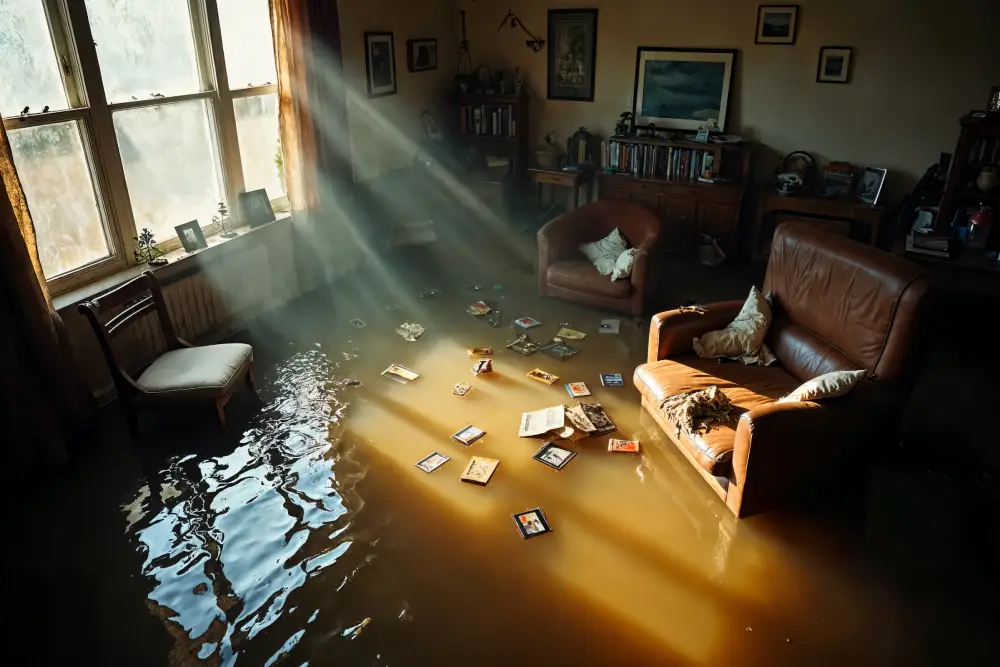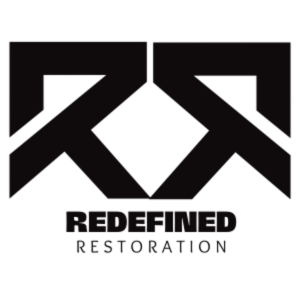
Understanding Water Damage and Its Risks
Before diving into restoration steps, it’s important to recognize how water damage affects a property. Water isn’t always “just water.” Depending on the source, it can be clean, gray, or black water:- Clean water: Leaks from pipes or rainwater that doesn’t immediately present health hazards.
- Gray water: Comes from appliances like washing machines or dishwashers. It may contain chemicals or debris, posing moderate risks.
- Black water: Highly contaminated sources such as sewage backups or floodwaters from outside. This water is unsafe and hazardous, requiring specialized professional handling.
Immediate Steps After a Flood
1. Ensure Safety First
Flooded areas can hide serious hazards—electric shocks from exposed wiring, slippery surfaces, or contaminated water. Before stepping into the damaged space, turn off electricity and gas lines if possible. If water levels are too high, stay out and wait for professionals.2. Stop the Source of Water
If the flooding is caused by a burst pipe or appliance leak, shut off your main water supply immediately. For storm or natural flood damage, focus on protecting yourself and your family and seek help from local emergency services if necessary.3. Document the Damage
Take photos and videos of affected areas before cleanup begins. This documentation will be vital when filing insurance claims.4. Remove Valuables and Furniture
Move undamaged items to a dry area if possible. Rugs, electronics, and other removable items should be prioritized. Avoid lifting heavy, water-soaked furniture that might injure you.5. Call a Professional Water Damage Restoration Company
Do not underestimate the impact of water damage. While small spills can sometimes be mopped up on your own, larger floods often require professional intervention. Experts have specialized equipment like industrial-strength pumps, dehumidifiers, and moisture meters to ensure every trace of water is removed.The Professional Water Damage Restoration Process
Hiring a reputable water damage restoration company ensures every part of cleanup and repair is addressed systematically. Here’s what typically happens during professional water damage restoration:Step 1: Inspection and Assessment
Experts assess the level of water damage, determine the water contamination category, and develop an action plan tailored to your property.Step 2: Water Extraction
Using high-powered pumps and vacuums, professionals remove large volumes of water quickly. Time is crucial—delays increase mold risk and structural damage.Step 3: Drying and Dehumidification
Even if surfaces look dry, moisture often remains trapped inside walls, floors, or ceilings. Industrial-grade dehumidifiers and air movers dry hidden areas thoroughly, preventing long-term risks.Step 4: Cleaning and Sanitization
Contaminants and bacteria from floodwater must be eliminated. Surfaces are cleaned, disinfected, and deodorized to ensure safe living conditions and eliminate odors.Step 5: Restoration and Repairs
Depending on the severity, repairs can range from minor fixes like replacing drywall or repainting, to complete reconstructions of damaged sections. A dependable water damage restoration company handles these phases seamlessly.Preventing Mold and Secondary Damage
Mold growth is one of the biggest risks following a flood, often appearing within 24–48 hours in a moist environment. A certified water damage restoration team uses advanced drying technology to tackle hidden dampness where mold may take hold. They also apply antimicrobial treatments to prevent spores from spreading. If left unchecked, mold can cause respiratory issues, allergies, or infections, particularly in children and individuals with health conditions. This makes rapid water damage restoration not just about property preservation, but also protecting your family’s well-being.Choosing the Right Water Damage Restoration Company
Not all companies offer the same level of service. When searching for a reliable team, keep the following in mind:- 24/7 Emergency Service: Water damage emergencies don’t wait for business hours. A company that responds immediately can make a crucial difference.
- Certified Professionals: Look for trained technicians who understand how to treat different categories of water damage.
- Advanced Equipment: Professional-grade pumps, air movers, and moisture detection tools are necessary for complete restoration.
- Insurance Assistance: Many water damage restoration companies also assist with insurance claims, making the process less stressful.
Common Causes of Water Damage
While flooding is often associated with storms, many other culprits exist:- Broken or leaking pipes
- Roof leaks
- Basement seepage
- Appliance malfunctions (water heaters, dishwashers, washing machines)
- HVAC system issues
- Sewer backups
Long-Term Maintenance Tips
Restoring water damage isn’t just about fixing the immediate problem—it’s also about preventing future issues. Here are some practical steps:- Inspect pipes regularly for corrosion or leaks.
- Clean gutters and downspouts to encourage proper water drainage.
- Install a sump pump in basements prone to flooding.
- Seal cracks in your foundation.
- Schedule annual plumbing and roof inspections.
Frequently Asked Questions
Ideally, water damage restoration should begin within 24 hours of flooding. The longer water sits in your property, the higher the risk of structural damage and mold growth.
Minor cases, like small leaks, may be managed with household tools. However, significant flooding requires professional intervention. A water damage restoration company has the specialized tools and expertise to completely extract water, dry hidden areas, and sanitize properly.
Costs vary depending on the extent of damage and the source of flooding. Minor leaks can cost a few hundred dollars, while severe floods requiring structural repairs may run into the thousands. A professional inspection gives the most accurate estimate.
Many policies cover water damage caused by sudden and accidental incidents, like burst pipes. However, flood damage from natural disasters often requires separate flood insurance. Documenting the damage carefully will support your insurance claim.
Start by removing water quickly and using dehumidifiers to dry damp areas. Hiring a water damage restoration company ensures mold-prevention treatments are applied effectively.
In many cases, the drying process alone can take 3–5 days. Full water damage restoration may range from a few days to several weeks, depending on the extent of cleanup and repairs required.
Shut off the water source if possible, remove belongings from the affected area, and open windows for ventilation. However, avoid extensive cleanup if the water is contaminated, as it can be hazardous.
This water damage restoration guide empowers you with the knowledge to act quickly and effectively after a flood. By understanding what steps to take immediately, what professionals will do, and how to prevent future risks, you’re better equipped to protect both your property and your family.
Redefined Restoration – Chicago Water Damage Service
2924 W Armitage Ave Unit 1, Chicago, IL 60647
(708) 722-8778
https://redefinedresto.com/water-damage-restoration-chicago/

